The health insurance market in the US is characterized by a competitive landscape that is increasingly shaped by innovation, digital transformation, and strategic partnerships. Key players such as UnitedHealth Group (US), Anthem (US), and Cigna (US) are actively pursuing strategies that emphasize technological advancements and customer-centric solutions. UnitedHealth Group (US) has focused on integrating artificial intelligence (AI) into its operations to enhance patient care and streamline administrative processes. Meanwhile, Anthem (US) has been expanding its telehealth services, reflecting a broader trend towards digital health solutions. Cigna (US) appears to be concentrating on mental health services, recognizing the growing demand for comprehensive health coverage that includes behavioral health support. Collectively, these strategies indicate a shift towards a more integrated and technology-driven approach in the market.
The business tactics employed by these companies reveal a moderately concentrated market structure, where a few dominant players exert considerable influence. Companies are increasingly localizing their services to better meet regional needs, optimizing their supply chains to enhance efficiency, and leveraging data analytics to inform decision-making. This competitive structure allows for a dynamic interplay between established firms and emerging players, fostering an environment ripe for innovation and growth.
In October 2025, UnitedHealth Group (US) announced a partnership with a leading AI firm to develop predictive analytics tools aimed at improving patient outcomes. This strategic move underscores the company's commitment to leveraging technology to enhance healthcare delivery. By integrating AI into its operations, UnitedHealth Group (US) is likely to gain a competitive edge in identifying health trends and personalizing care plans, thereby improving patient satisfaction and reducing costs.
In September 2025, Anthem (US) launched a new initiative focused on expanding access to mental health services through its telehealth platform. This initiative is particularly significant as it aligns with the increasing recognition of mental health as a critical component of overall health. By enhancing its telehealth offerings, Anthem (US) not only addresses a pressing need but also positions itself as a leader in the evolving landscape of healthcare delivery.
In August 2025, Cigna (US) acquired a digital health startup specializing in mental health solutions. This acquisition reflects Cigna's strategic focus on expanding its portfolio to include comprehensive mental health services. By integrating these solutions, Cigna (US) is likely to enhance its value proposition, catering to the growing demand for holistic health coverage that addresses both physical and mental health needs.
As of November 2025, the competitive trends in the health insurance market are increasingly defined by digitalization, sustainability, and the integration of AI technologies. Strategic alliances are becoming more prevalent, as companies recognize the value of collaboration in enhancing service offerings and operational efficiency. Looking ahead, competitive differentiation is expected to evolve, with a notable shift from price-based competition towards innovation, technology integration, and supply chain reliability. This transition suggests that companies that prioritize technological advancements and customer-centric solutions will likely emerge as leaders in the market.


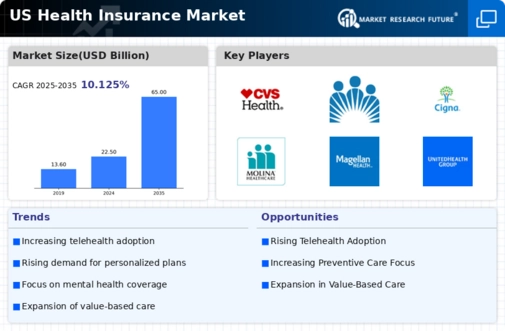
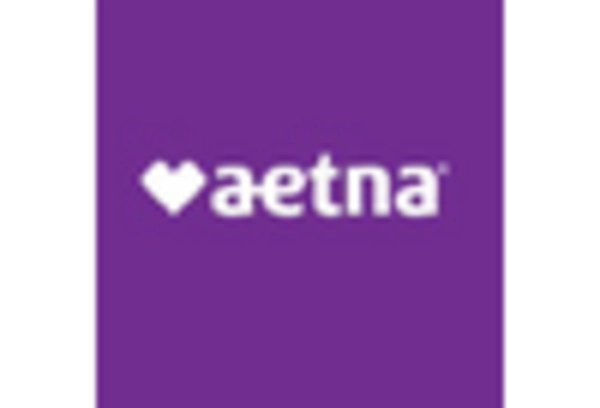

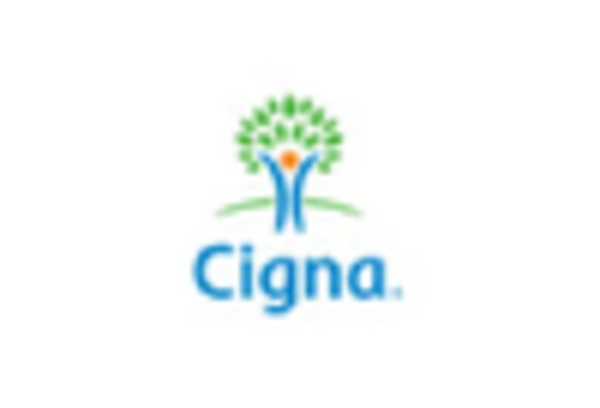
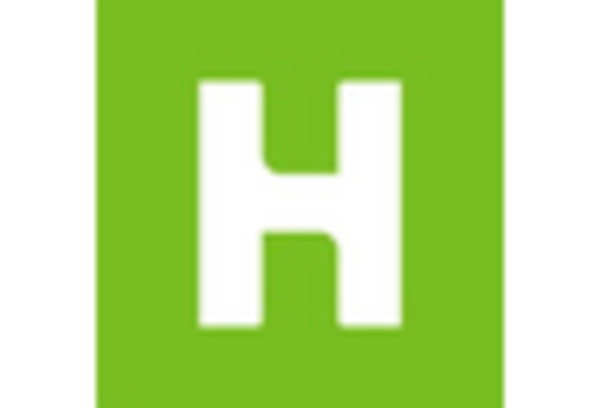

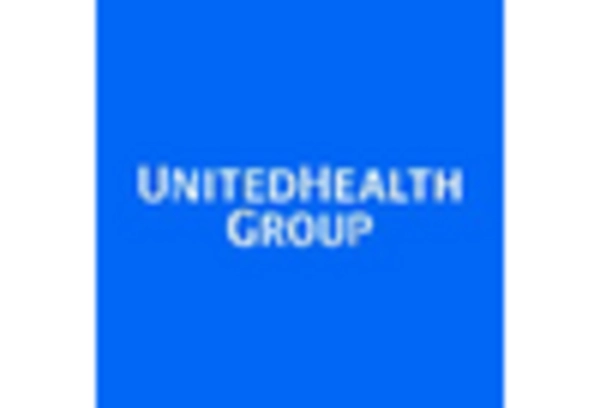








Leave a Comment